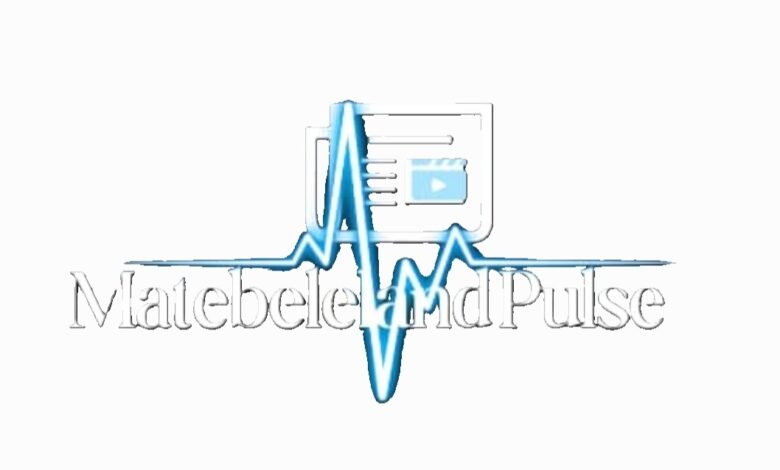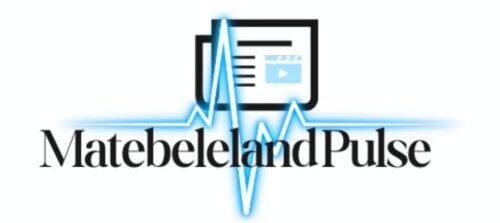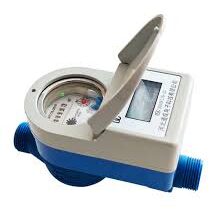Zimbabwe’s inflation soars to 11.6% in January

Peter Moyo
Zimbabwe’s inflation rate has surged dramatically, reaching a weighted month-on-month figure of 11.6% in January 2025, up from just 1.1% in December 2024, according to data released by the Zimbabwe National Statistics Agency (ZimStat).
This sharp increase signals deepening economic challenges in the Southern African nation.
The inflation spike was predominantly fueled by rising costs in food and non-alcoholic beverages, which alone contributed 4.7% to the overall inflation rate. Housing, water, electricity, gas, and other fuels were not far behind, adding another 3.9% to the increase. The U.S. dollar inflation rate also escalated, jumping to 14.6% year-on-year, while the local currency, Zimbabwe Gold (ZWG), saw a month-on-month inflation rate of 10.5%.
Economic analysts have pointed to multiple factors behind this inflation surge. The lingering effects of the El Niño-induced drought from 2024 have significantly impacted agricultural production, leading to higher food prices. Additionally, new taxes introduced this month have passed increased costs onto consumers. Independent economist Noel Dube noted, “The observed inflation can be a result of reduced production due to the increased cost of doing business as well as depressed production from the agriculture sector.”
The economic environment is further complicated by currency volatility. Despite the government’s efforts with the introduction of the gold-backed ZWG in an attempt to stabilize the economy, the currency has depreciated significantly, trading at around 26.3 to the U.S. dollar by late January. This depreciation has not only affected inflation but also the broader economic stability, with implications for borrower costs and fiscal policy.
The Treasury had projected a single-digit inflation rate for 2025, aiming for exchange rate stability and a conducive business environment. However, these projections have been significantly off-target, leading to increased fiscal pressures as government expenditure rises without a corresponding increase in revenue.
Analysts warn that this volatility could lead to higher interest rates, escalate borrowing costs, and further widen fiscal deficits. Daniel Masuka, a Bulawayo resident, emphasized the need for urgent economic interventions, stating, “It’s time for decisive action by the Governor.”
On the ground, these economic conditions have translated into a stark increase in the cost of living. The Food Poverty Line (FPL) for one person rose to ZWG 861.14, and the Total Consumption Poverty Line (TCPL) for one person stood at ZWG 1,255.78 in January 2025, highlighting the growing struggle for basic sustenance among the population.
As Zimbabwe grapples with these economic woes, the government faces mounting pressure to implement effective policies to curb inflation, stabilize the currency, and boost production. The coming months will be critical in determining whether these efforts can mitigate the current economic crisis or if Zimbabwe will continue to face inflationary pressures and economic instability.




